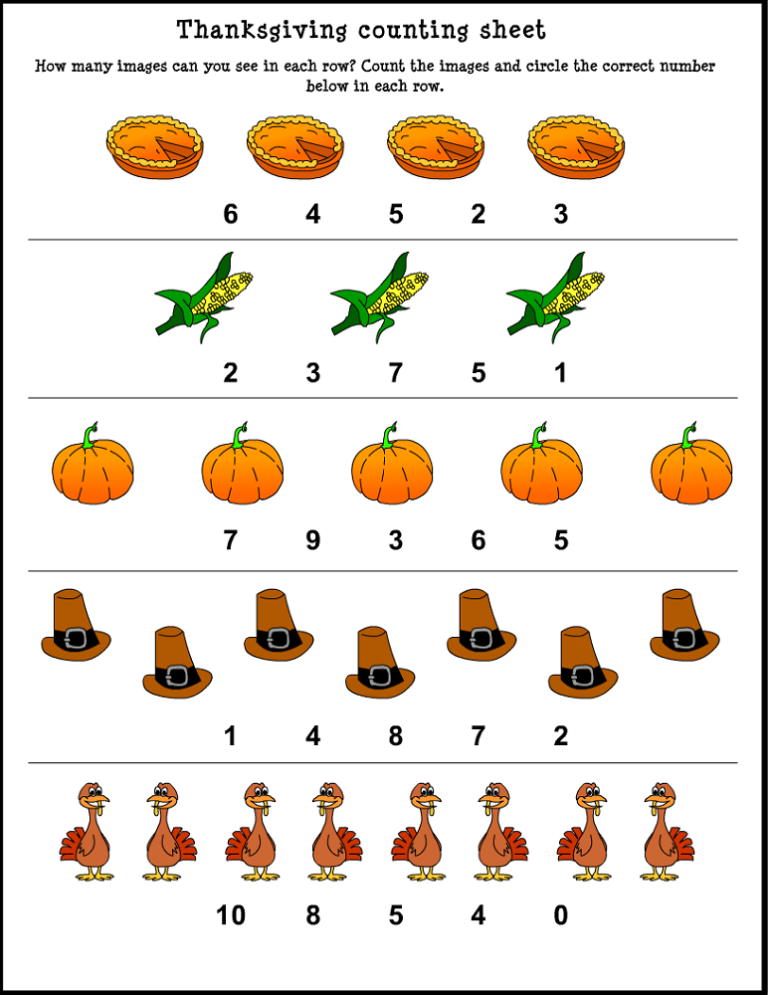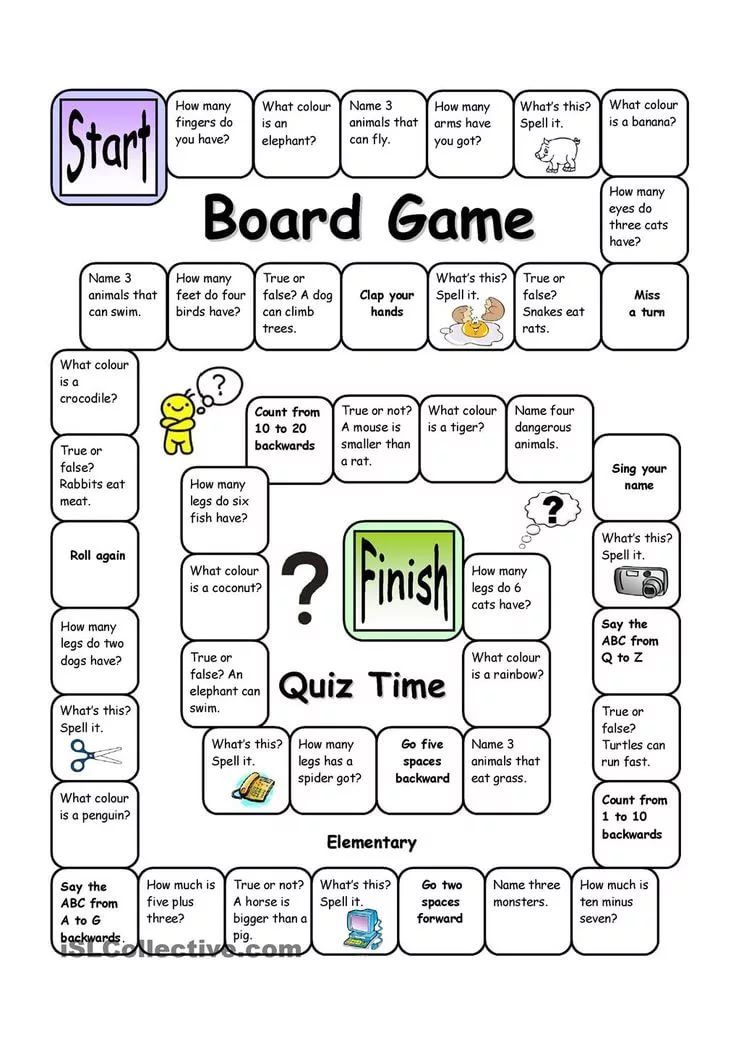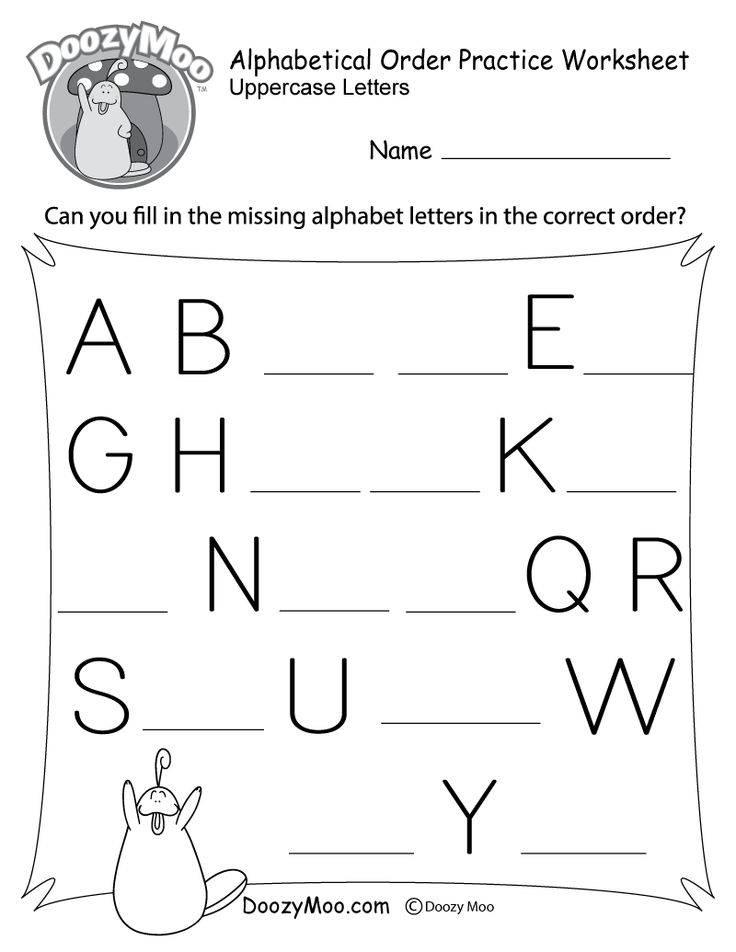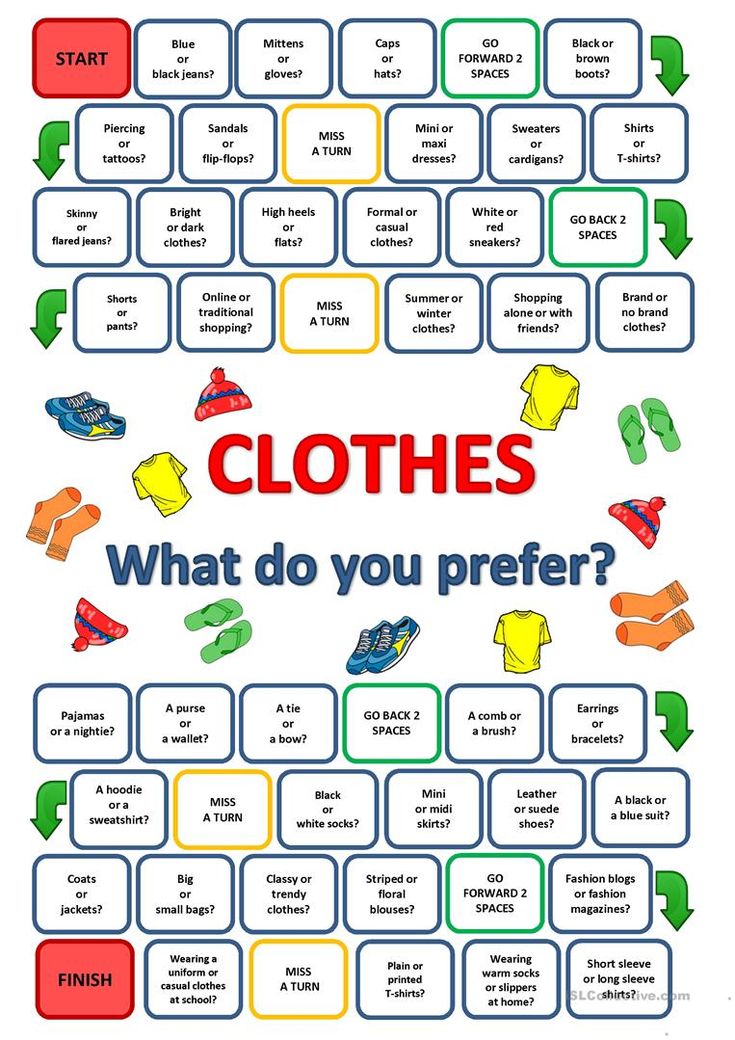Math homework grade 1
1st Grade Math Worksheets
Rich with scads of practice, the CCSS aligned printable 1st grade math worksheets with answer keys help kids solve addition and subtraction problems within 20, extend their counting sequence, understand place value and number systems, measure length and compare sizes, tell time, count money, represent and interpret data, and know the attributes of 2D and 3D shapes in geometry. Our free math worksheets for grade 1 kids give you a peek into what's in store!
All
Addition
Subtraction
Patterns
Counting
Place Value
Number System
Measurement
Time
Money
Data & Graphs
Geometry
Explore 2,200+ First Grade Math Worksheets
Counting and Adding Pictures
The pictures in two groups present a fascinating array of addition equations for 1st grade kids. Count the pictures in the two groups separately, and then combine the two to find the total number.
Subtracting on Number Lines | 0 to 10
Get the little hoppers to draw hops on the number lines in these printable grade 1 math worksheets and complete the subtraction equations involving numbers up to 10.
Identifying the Next Picture in a Repeating Pattern
Develop pattern awareness in kids with this set of pdf worksheets. Study the pattern, identify the pattern's core or terms that repeat in the same order and make a logical prediction of what comes next.
Reading and Writing Numbers from 1 to 25
Fluency with numbers is vital in first grade math. Task kids to look at the top of this printable chart, identify and read the numbers from 1 to 25 repeatedly, and copy them to complete the table.
Base Ten Blocks | Tens and Ones
Visualizing numbers is easy with place value blocks or base-10 blocks. Get kids to count the units and rods in the base-10 blocks and write the base-10 numerals.
Identifying Greater and Smaller 2-Digit Numbers
Cracking these 1st grade math worksheet pdfs is a true measure of your place value skills.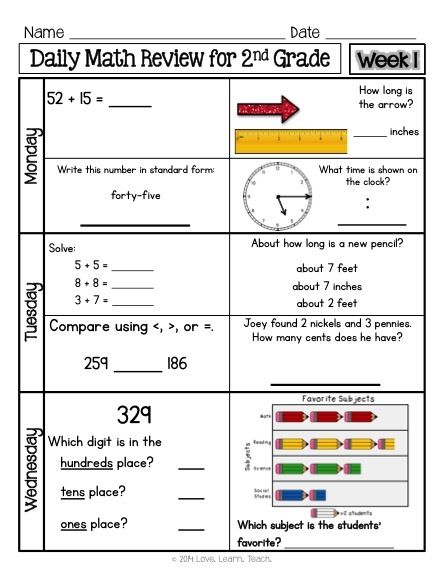 Compare 2-digit numbers using symbols in Part A. Circle the greater number in Part B, and the smaller number in Part C.
Compare 2-digit numbers using symbols in Part A. Circle the greater number in Part B, and the smaller number in Part C.
Ordering Objects from the Shortest to the Longest
Arranging objects of three different sizes from the shortest to the longest, numbering them 1, 2, and 3 respectively, is all that is expected of grade 1 kids.
Telling Time | Hourly Increment
With these pdf math worksheets for grade 1 kids at your disposal, the time is ripe to practice reading clocks to tell the time in whole hours, and choosing the clock face that depicts the specified time.
Counting Dimes
Develop skills in counting the dimes and expressing the amount in dollars, trading dimes for dollars, and converting between them in word problems with this compilation of first grade math worksheet pdfs.
Counting Tally Marks
Let's travel back in time and practice counting using tally marks.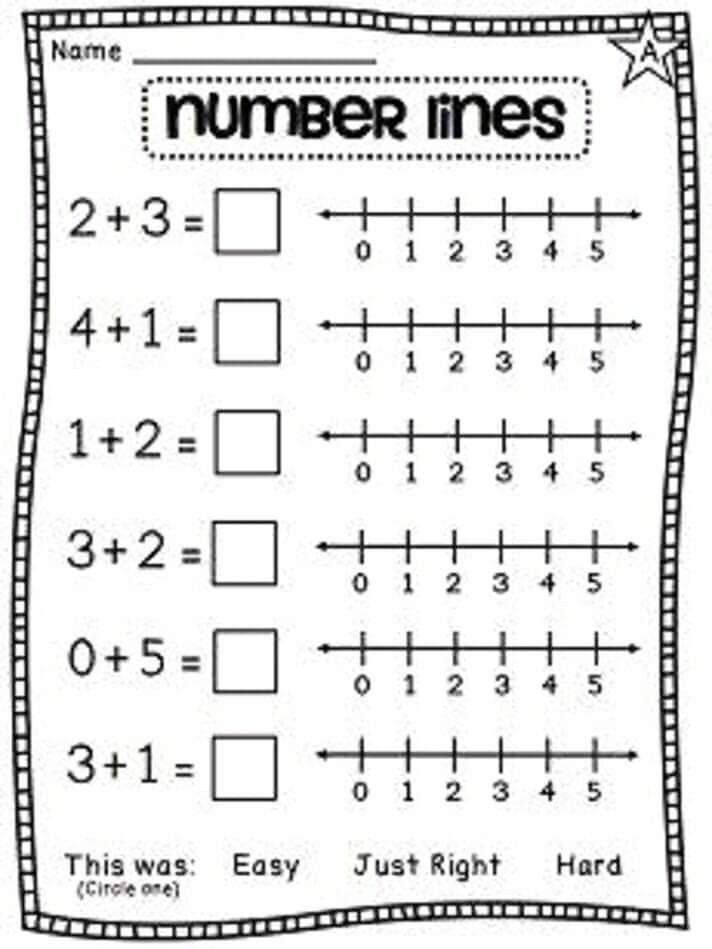 First grade kids have a blast reading and counting each set of tally marks and writing the value it represents.
First grade kids have a blast reading and counting each set of tally marks and writing the value it represents.
Identifying 2D Shapes | MCQ
Can the little architects of grade 1 distinguish between a rectangle and a square? Watch them recognize the two-dimensional figures and check the appropriate option that best describes each.
Number Line Addition | 0 to 10
This stack of 1st grade math worksheets has pre-drawn hops on the number lines. The starting-point of the hops, and the number of hops are the two addends and the endpoint is the sum.
Writing Subtraction Equations from Number Lines | 0 to 10
Examine the hops on the number line; identify the minuend, subtrahend, and the difference. Once this is done, completing the subtraction sentence is not a hard nut to crack!
Repeating Patterns | Cut and Glue Activity
Add a spark of fun with repeating picture patterns in this bundle of printable math worksheets for 1st grade kids.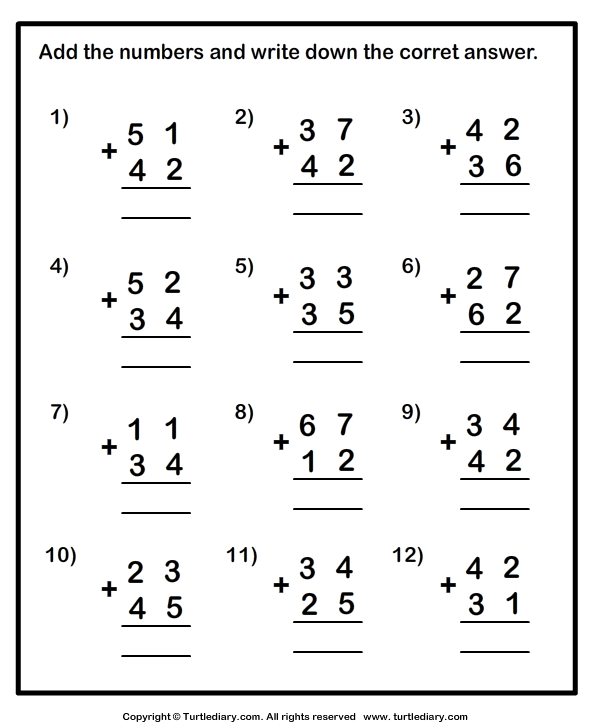 Comprehend the pattern, cut out the graphics and glue the one that comes next in order.
Comprehend the pattern, cut out the graphics and glue the one that comes next in order.
Display Chart - Numbers 1 to 25 | Theme based
The crawling number snails get kids to instantly memorize numerals from 1 to 25. This show-and-tell chart comprising snails-shells inscribed with numbers is a compulsive-print.
Next »
Free Grade 1 math worksheets pdf downloads
1st grade math worksheets - most first graders are from age 6 to 7, and are entering a more formal setting, with this formal setting comes more responsibility and workload. We have compiled all the skills they will teach in the 1st grade, and designed worksheets keeping in mind the national school curriculum. These worksheets will help students cover all that they have learnt in school, to help them polish their skills. We know first grade us a big step up in math, where students will move past simple counting, and start to learn simple addition.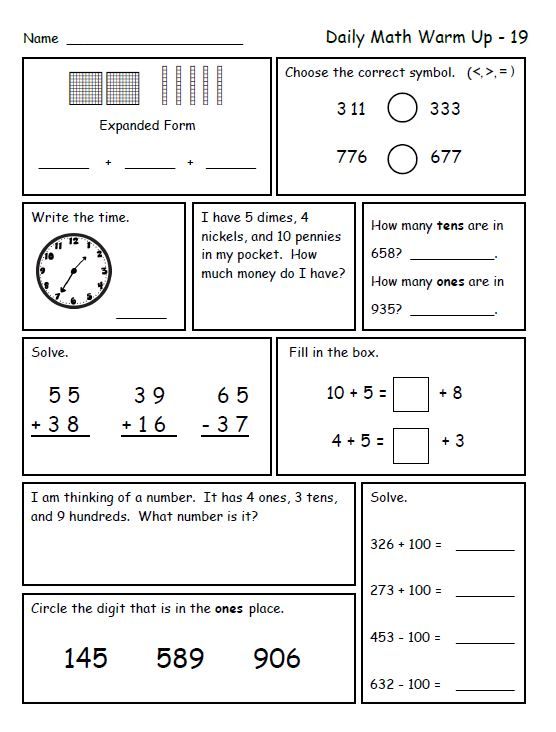 Our 1st grade math worksheets will cover everything from coins measurements to 2-digit numbers. With the help of our fun worksheets your 1st grader will turn into a math wiz in no time. Students will learn new concepts that will help them develop their previous skills further, while learning new skills. At such a time worksheets can be a great help, as they will help your child brush up on old skills, while learning new ones. And what a better way to learn than fun worksheets, that have been designed for fun. Here learning math and having fun will go hand in hand, just because you are handing your child a worksheet; it does not mean they have to do it seriously or still. The only thing they need to do is grasping the concept, once they have grasped the concept they will be able to solve the problem by themselves. We will make sure, that your child has learnt all the concepts and skills that are taught in the 1st grade. As these concepts and skill will help them excel in the second grade.
Our 1st grade math worksheets will cover everything from coins measurements to 2-digit numbers. With the help of our fun worksheets your 1st grader will turn into a math wiz in no time. Students will learn new concepts that will help them develop their previous skills further, while learning new skills. At such a time worksheets can be a great help, as they will help your child brush up on old skills, while learning new ones. And what a better way to learn than fun worksheets, that have been designed for fun. Here learning math and having fun will go hand in hand, just because you are handing your child a worksheet; it does not mean they have to do it seriously or still. The only thing they need to do is grasping the concept, once they have grasped the concept they will be able to solve the problem by themselves. We will make sure, that your child has learnt all the concepts and skills that are taught in the 1st grade. As these concepts and skill will help them excel in the second grade. Which is why our fun and easy worksheets are a concept that will help them learn various skills and concepts faster; ensuring a successful math career.
Which is why our fun and easy worksheets are a concept that will help them learn various skills and concepts faster; ensuring a successful math career.
Math 1st grade worksheets PDF
Your little learner might consider the 1st grade as their entrance into “big kid” school. Don’t be surprised if they say they feel a little nervous about their lessons in math getting harder, even if Grade 1 mathematics is essentially only an extension of the lessons taught throughout kinder school. It can take a bit of encouragement and motivation, but assisting your child in taking on Grade 1 math will build their ability to handle maths topics in their later years.
Help your kids overcome their anxiety over math with our math 1st grade worksheets PDF. Each of our PDF files contain a variety of stimulating questions to assist you in equipping your child with the experience and confidence to take on all of the math topics they will encounter in the first grade. These worksheets can be quite useful for both school and home settings.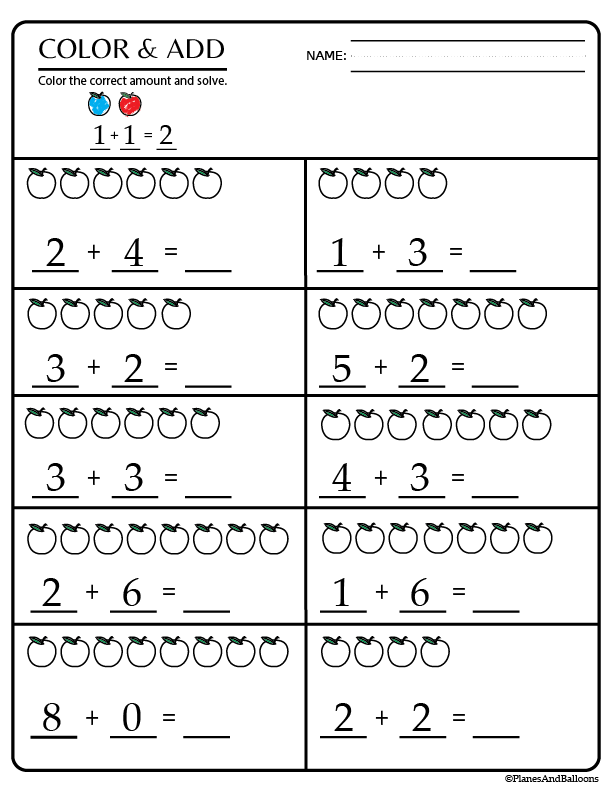
You should take note that the math topics in 1st grade are designed to fulfil two aims – to consolidate a child’s previous understanding of math from their kindergarten, and to help them properly comprehend the topics in 2nd grade.
Some kids enter elementary school without learning how to count. This is relatively normal – kids learn at their own pace, after all – and 1st grade is meant to guide these learners to identify numbers, count them out loud, and write them. Through some practice, they can catch up to their peers in no time.
Arithmetic skills will be fairly basic – kids will need to add and subtract numbers with only one digit. Problems with two digits can be taught later in the year. They should also be aware of the principle of carrying sums.
Math in the 1st grade also teaches a little logic – specifically in understanding how numbers have different quantities, and whether a certain number is more or less than another number. Teaching the concept of comparing quantities can be significantly easier with the help of real-life examples, as well as visual guides.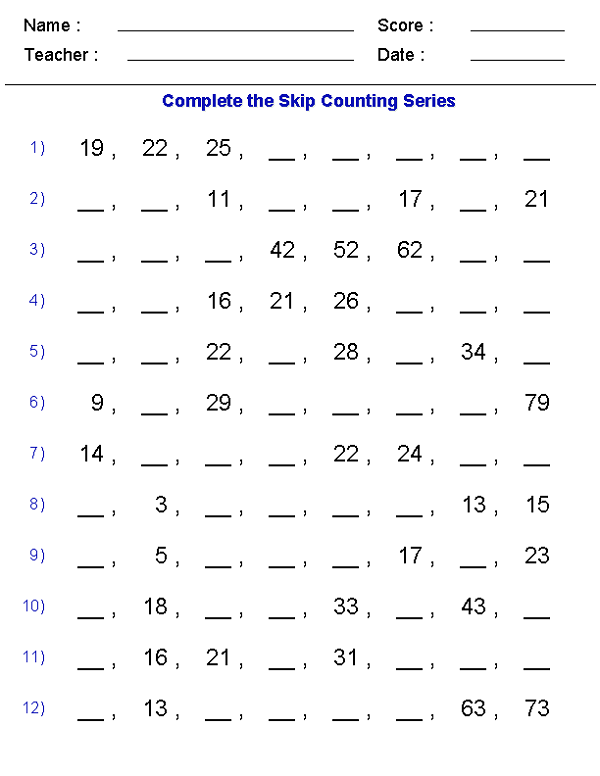
There’s also some simple geometry involved, namely in identifying a few common shapes and being able to draw them. Kids can be asked to point out examples of these shapes occurring in the real world.
As your child makes steady progress through 1st grade math, you might want to gauge their skills with the help of milestones. If a child starts the year not knowing how to count, and ends it being able to count up to 100, it’d be quite an achievement! Regular practice will also make it easier for them to add and subtract numbers containing two digits.
First grade math should not neglect other practical math skills – indeed, kids can benefit from learning a lot of them early on, such as knowing how to tell the date on a calendar, write it down in different formats, and how to tell the time.
Download our math 1st grade worksheets PDF as a handy and convenient study aid for your little students’ math lessons. You can use them for a load of needs – from class materials to homework and quizzes.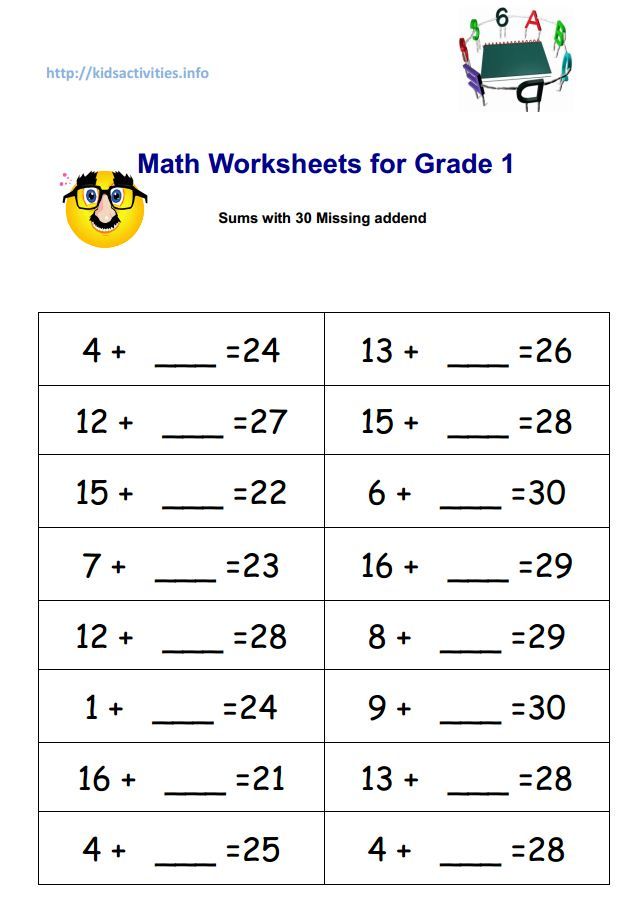
First grade math is all about building a foundation for future math learning. It's the perfect time to introduce young students to math concepts and skills that they will use throughout their education. Here are some of the key math concepts that first graders should learn:
-
Counting and number sense: First graders should be able to count objects accurately and understand the concept of "more" and "less." They should also be able to recognize numbers up to at least 20 and write them correctly.
-
Addition and subtraction: Students should learn basic addition and subtraction facts, such as "2 + 2 = 4" and "5 - 3 = 2." They should also be able to solve simple word problems using these concepts.
-
Shapes and patterns: First graders should be able to recognize and name basic shapes, such as circles, squares, triangles, and rectangles.
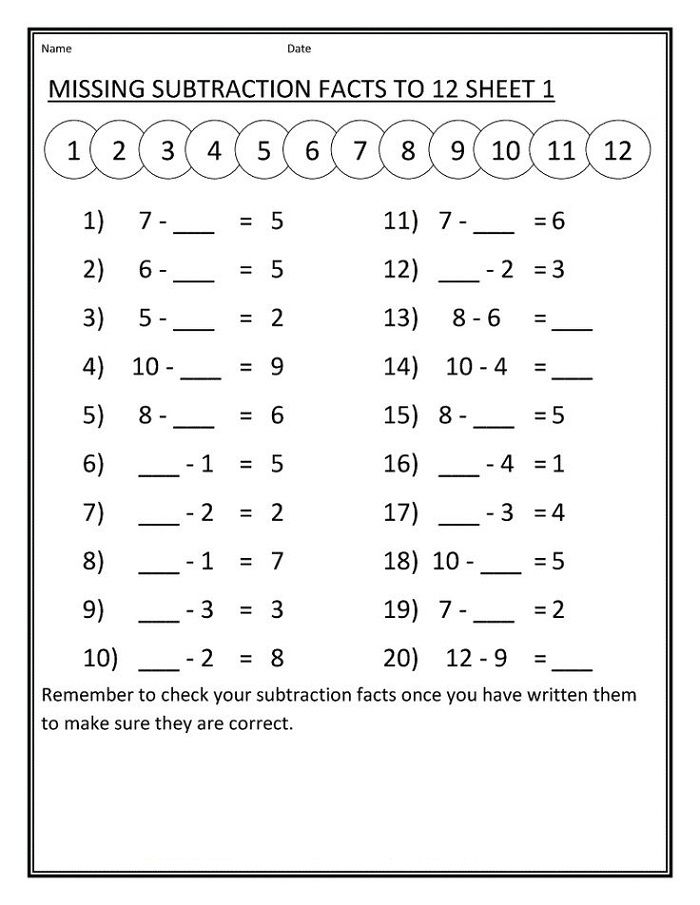 They should also be able to identify and create repeating patterns.
They should also be able to identify and create repeating patterns. -
Measurement: First graders should be introduced to basic measurement concepts, such as length, weight, and capacity. They should be able to use non-standard units, like their own fingers or feet, to measure objects.
-
Money: Students should learn to recognize and count coins and bills, and understand their value. They should also be able to solve simple money word problems.
-
Time: First graders should be able to tell time to the hour and half hour, and understand the concept of "yesterday," "today," and "tomorrow."
It's important to remember that every child is different and may learn at a different pace. Some students may grasp math concepts quickly, while others may need more time and practice.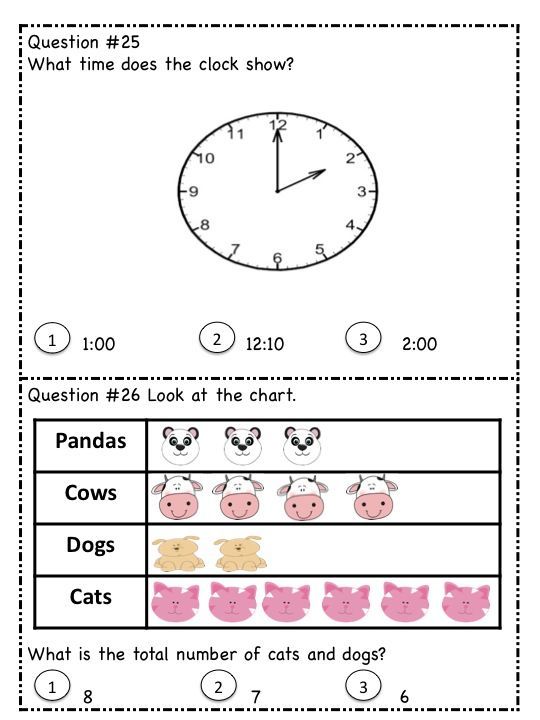 It's important to be patient and encourage your child to ask questions and persevere through challenges.
It's important to be patient and encourage your child to ask questions and persevere through challenges.
There are many ways to help your child learn math at home. One of the most effective ways is through hands-on learning experiences. For example, you can have your child count and sort objects around the house, measure ingredients while cooking, or use coins to "buy" items at the store.
Another great way to reinforce math concepts is through the use of educational games and activities. There are many online and offline resources available, such as websites, apps, and books, that offer math games and activities specifically designed for first graders.
In addition to these at-home learning opportunities, it's important to support your child's math learning at school. This can include staying in communication with your child's teacher, helping with homework, and attending parent-teacher conferences.
Overall, first grade math is about laying the foundation for future math learning.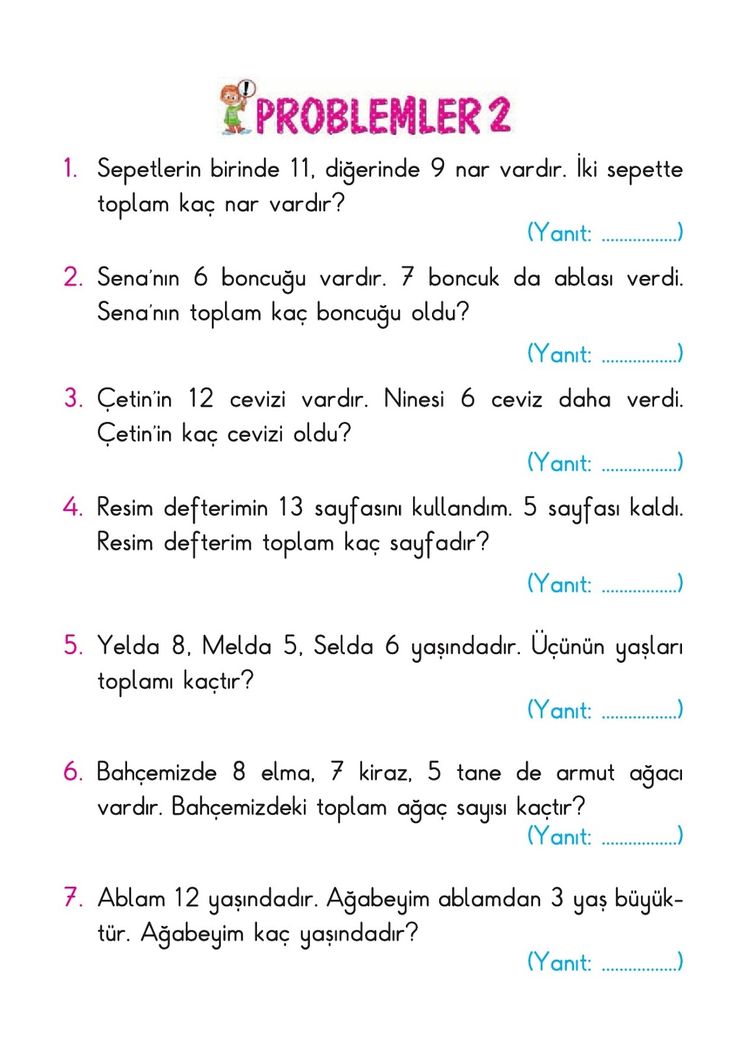 By introducing key concepts and skills and providing plenty of opportunities for hands-on learning and practice, you can help your child build a strong foundation in math.
By introducing key concepts and skills and providing plenty of opportunities for hands-on learning and practice, you can help your child build a strong foundation in math.
Place value is an important concept in math that helps students understand the value of each digit in a number. It is the foundation for understanding how to do operations like addition and subtraction with larger numbers.
In first grade, students typically learn to count to 100 and beyond. They also learn about place value and how to read and write numbers. For example, they might learn that the digit "3" in the number "35" represents 3 tens, or 30.
Here are some activities you can try with your child to help them understand place value and counting:
-
Have your child count objects, such as toys or coins, and write the numbers down. This will help them practice counting and writing numbers.
-
Play games that involve place value, such as "Greater Than, Less Than," where you give your child two numbers and they have to determine which is greater.
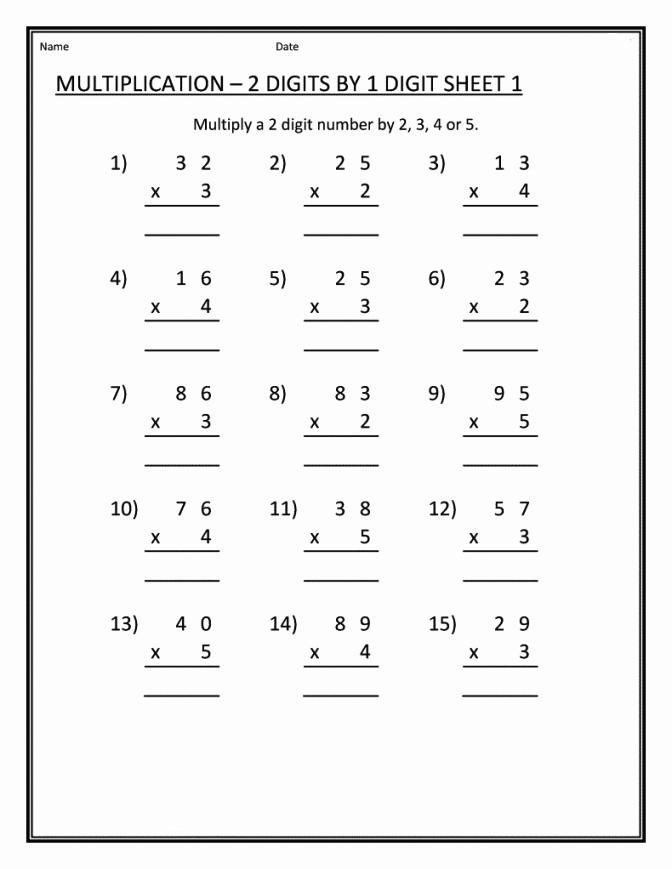
-
Use base ten blocks, which are small blocks that represent ones, tens, and hundreds. You can use these blocks to help your child understand place value and how to regroup numbers.
-
Practice counting by 10s, starting at different numbers. For example, you might start at 20 and have your child count to 100 by 10s (20, 30, 40, 50, etc.). This will help them understand the concept of place value and how it relates to counting.
Addition and subtraction for 1st grade
Addition and subtraction are two of the most fundamental concepts in math. They form the basis for many other more complex mathematical operations and understanding them is crucial for success in math. In 1st grade, students are introduced to these concepts and start learning how to add and subtract numbers.
Worksheets can be a useful tool for practicing addition and subtraction, as they provide students with a structured way to work on math problems.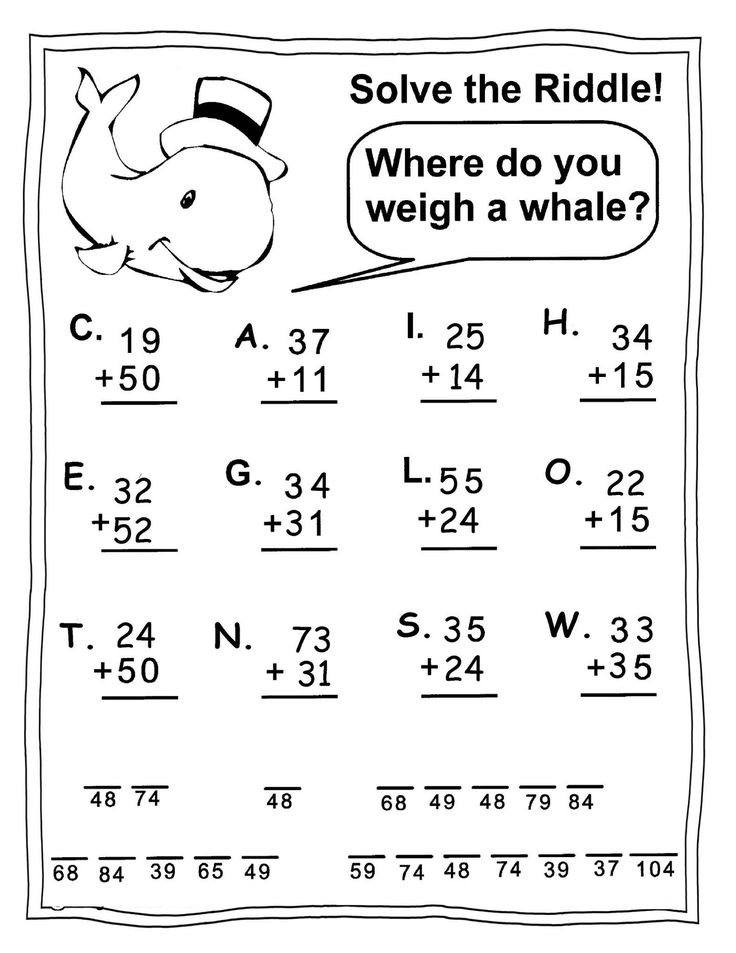 Here are some examples of addition and subtraction worksheets that 1st grade students might use:
Here are some examples of addition and subtraction worksheets that 1st grade students might use:
-
Number bonds: These worksheets show a number and two blank circles next to it. Students have to fill in the circles with the numbers that, when added together, equal the given number. For example, if the number is 5, the student might write 2 in one circle and 3 in the other.
-
Addition and subtraction word problems: These worksheets provide students with a story or scenario that involves adding or subtracting numbers. For example, "There are 3 apples on the table. Jack eats 1 apple. How many apples are left on the table?" The student would have to solve the problem by subtracting 1 from 3 to get the answer: 2 apples.
-
Addition and subtraction facts: These worksheets provide students with a series of addition or subtraction problems to solve. For example, "1 + 2 = ___" or "5 - 3 = ___". Students have to fill in the blank with the correct answer.
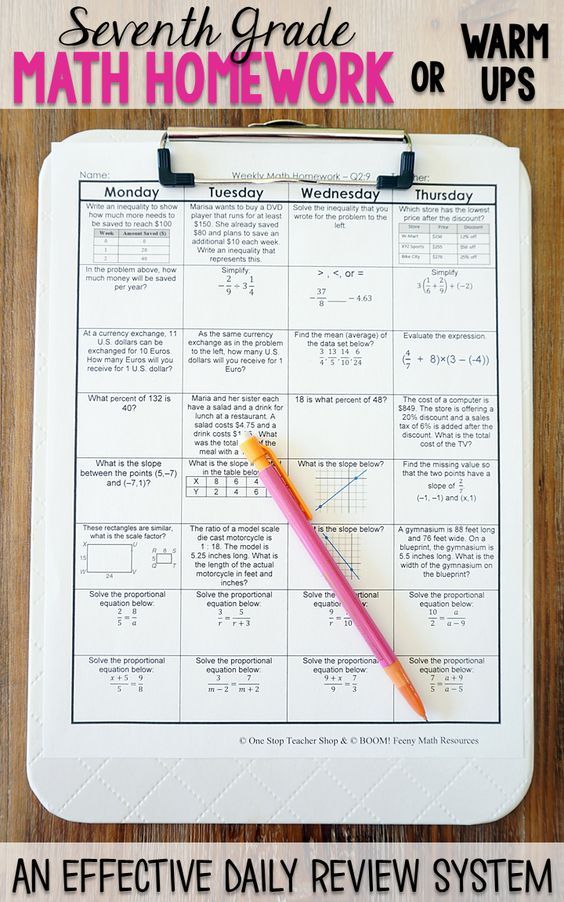
-
Addition and subtraction with manipulatives: These worksheets provide students with a set of manipulatives, such as blocks or counters, and ask them to solve addition or subtraction problems using those manipulatives. For example, the worksheet might show 5 blocks and ask the student to add 3 more. The student would have to physically count out the blocks to solve the problem.
Overall, addition and subtraction worksheets can be a useful way for 1st grade students to practice and improve their math skills. It's important for students to have a strong foundation in these concepts as they move on to more complex math in later grades.
Problem-solving and critical thinking skills
Problem-solving and critical thinking skills are important for success in math and in many other subjects. In 1st grade, students are usually introduced to basic arithmetic and math concepts such as counting, addition, and subtraction. Worksheets can be a helpful tool for practicing these skills and reinforcing math concepts.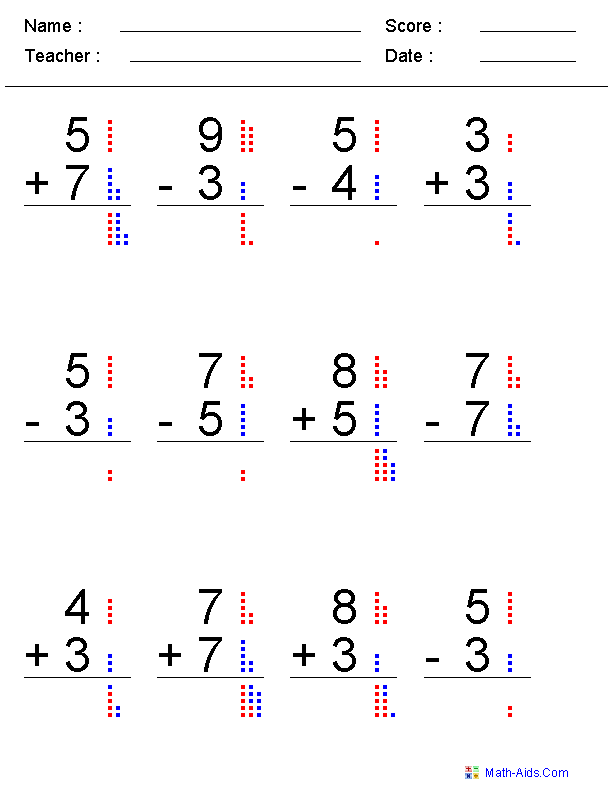
Here are some ways that worksheets can help 1st grade students develop problem-solving and critical thinking skills:
-
Word problems: Word problems are a great way to help students learn to apply math concepts to real-world situations. They encourage students to read and understand the problem, identify the important information, and think about how to solve it.
-
Modeling: Many 1st grade math worksheets include illustrations or diagrams that show students how to solve a problem. This can help students visualize the problem and understand how to solve it.
-
Reasoning: Worksheets often include questions that ask students to explain their thinking or reasoning. This can help students develop their ability to explain their thought process and justify their answers.
-
Problem-solving strategies: Some worksheets include problems that require students to use problem-solving strategies such as drawing a picture or making a chart or table.
 These activities can help students learn to approach problems in different ways and think creatively.
These activities can help students learn to approach problems in different ways and think creatively.
Overall, 1st grade math worksheets can be a useful tool for helping students develop problem-solving and critical thinking skills. It's important to encourage students to think about the math concepts they are learning and how they can apply them to different situations.
Measurement and geometry worksheetsHere are a few ideas for measurement and geometry worksheets:
-
Measuring length: Students can practice measuring length using rulers, yardsticks, and meter sticks. They can measure objects in the classroom or around the school.
-
Perimeter: Students can find the perimeter of different shapes by adding up the lengths of their sides. They can also practice drawing shapes with a given perimeter.
-
Area: Students can find the area of different shapes by counting the number of square units inside the shape.
 They can also practice drawing shapes with a given area.
They can also practice drawing shapes with a given area. -
Volume: Students can find the volume of different 3-dimensional shapes by counting the number of cubic units inside the shape. They can also practice finding the volume of composite shapes, which are made up of two or more basic shapes.
-
Angle measurement: Students can practice measuring angles using a protractor and identifying different types of angles (acute, right, obtuse, and straight).
-
Symmetry: Students can practice identifying lines of symmetry in different shapes and drawing lines of symmetry to create symmetrical shapes.
1st grade fraction activities
Here are a few ideas for fraction activities that would be appropriate for 1st grade students:
-
Cut a pizza into slices and have students count the number of slices and write a fraction to represent the number of slices they ate (e.g., 3/8).
-
Cut a paper into halves, quarters, and eighths and have students match the fractions to the correct pieces of paper.

-
Have students draw a picture and then divide it into fractions (e.g., 1/2, 1/4, 1/8).
-
Play a game where students roll a die and then color in a corresponding fraction of a picture (e.g., rolling a 4 would mean coloring in 1/4 of the picture).
-
Have students sort objects into groups (e.g., apples, pencils, blocks) and write fractions to represent the number of objects in each group (e.g., 2/5 apples, 3/5 pencils).
I hope these ideas are helpful! Let me know if you have any other questions.
-
GDZ in mathematics Grade 1 textbook Moro, Volkova Part 2
- Type: GDZ, Reshebnik.
- Author: Moro M. I., Volkova S. I., Stepanova S. V.
- Year: 2020.
- Series: School of Russia (FSES).
- Publisher: Education. Page 840020
- Type: GDZ, Reshebnik.
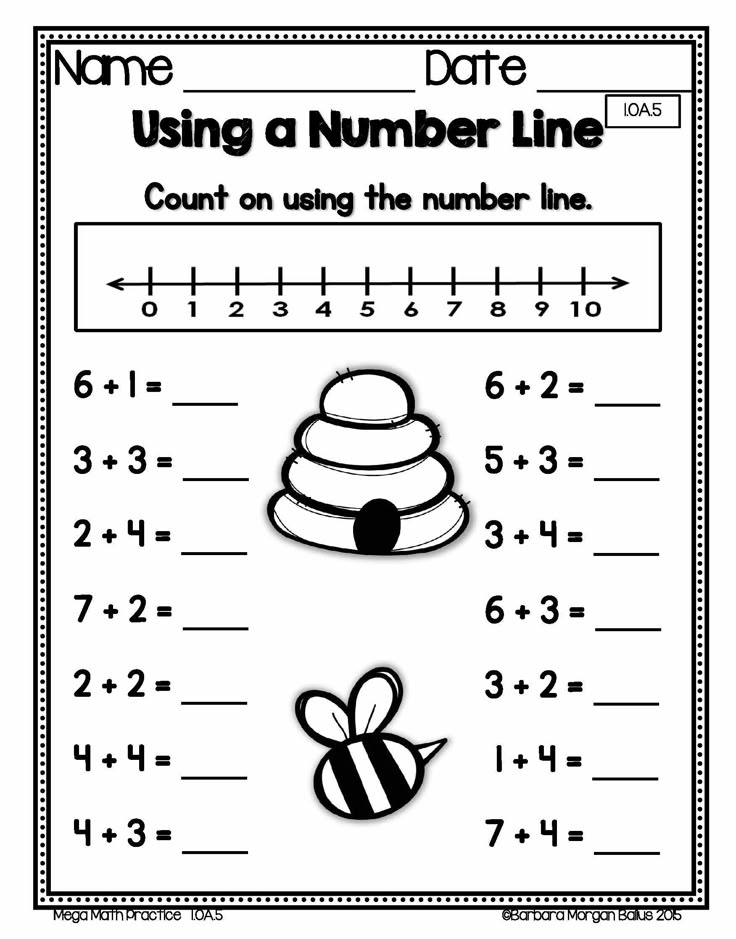
Learn more
Answer:
1) First subtract so much to get 10: 13 - 3 = 10
2) Remember that 4 is 3 and 1.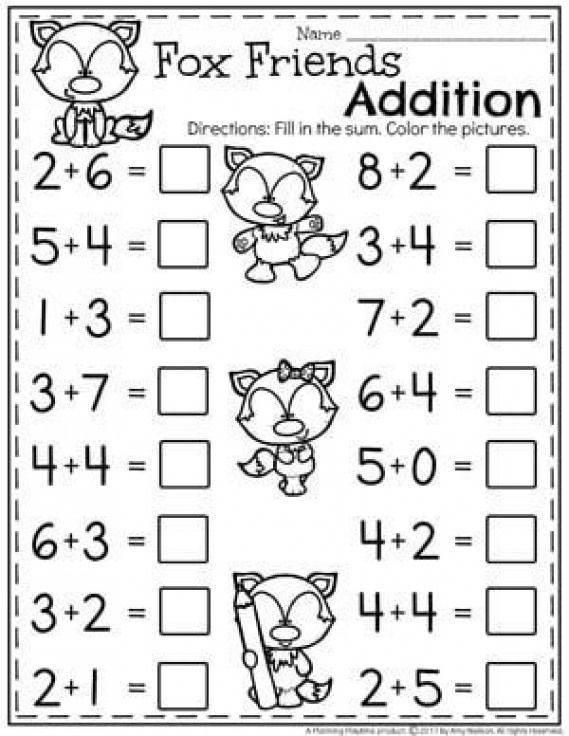 We have already subtracted 3, so we need to subtract 1 more. 10 − 1 = 9
We have already subtracted 3, so we need to subtract 1 more. 10 − 1 = 9
Calculate and memorize.
Answer: 13 − 4 = 9 13 − 9 = 4 13 - 5 = 8 13 - 8 = 5 13 − 6 = 7 13 − 7 = 6
Number 1.
Answer: 12 - 4 = 8 12 - 9 = 3 12 − 5 = 7 12 − 6 = 6 12 − 7 = 5 12 − 3 = 9
11 − 4 = 7 11 − 2 + 9 = 9 + 9 = 18 11 - 5 = 6 7 + 6 - 3 = 13 - 3 = 10 11 - 7 = 4 19 - 9 - 0 = 10 - 0 = 10
Number 2.
Write down the problems and solve them.
Answer:
Number 3.
Misha solved 12 examples, but made mistakes in 5 of them, and Vasya made only 1 mistake in the same examples. How many examples did each of them solve correctly?
Answer:
1) 12 − 5 = 7 (p.) - Misha. 2) 12 − 1 = 11 (p.) - Vasya. Answer: 7 examples - Misha, 11 examples - Vasya.
Number 4.
Katya made 6 examples with an answer of 8, and Valya made 10 such examples.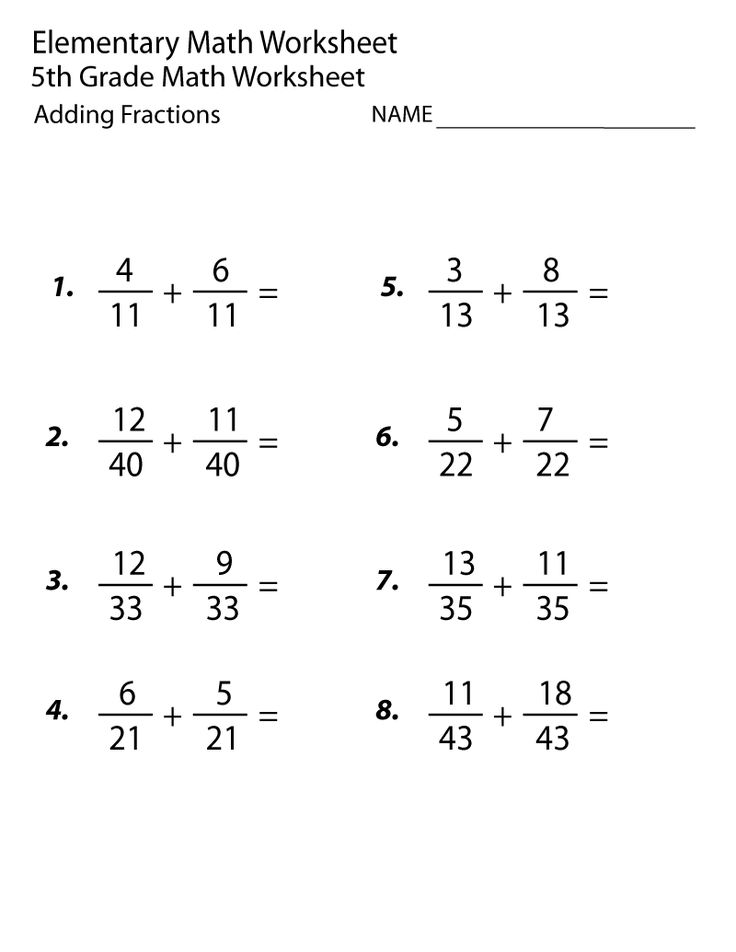 How many more examples did Valya make than Katya?
How many more examples did Valya make than Katya?
Answer:
Number 5.
Answer: 17 = 10 + 7 19= 20 − 1
1 dm 2 cm < 13 cm because 12 cm < 13 cm 1 dm 5 cm < 20 cm because 15 cm < 20 cm
Number 6.
Which of the lines can be called broken lines and which are not? Why?
Answer: Broken lines 1, 3. 4 - not a broken line, because end the first link should be the beginning of the second, and in this case all the segments come out of the same point. 2 - not a broken line, because adjacent segments must not lie on the same straight line.
Job at the bottom of the page
Answer: 7 = 3 + 4 4 = 3 + 1 8 = 3 + 5 13 - 7 = 6 13 - 4 = 9 13 - 8 = 5
Rating Part 1
part 2
| 4 | 5 | 6 | 7 | 8 | 9 | 10 | 11 | 12 | 13 | 14 | 15 | 16 | 17 | 18 | 19 | 20 | 21 | 22 | 23 | 24 | 25 | 26 | 27 | 28 | 29 | 30 | 31 | 32 | 33 | 34 | 35 | 36 | 37 | 38 | 39 | 40 | 41 | 42 | 43 | 44 | 45 | 46 | 47 | 48 | 49 | 50 | 51 | 52 | 53 | 54 | 55 | 56 | 57 | 58 | 59 | 60 | 61 | 62 | 63 | 64 | 65 | 66 | 67 | 68 | 69 | 70 | 71 | 72 | 73 | 74 | 75 | 76 | 77 | 78 | 79 | 80 | 81 | 82 | 83 | 84 | 85 | 86 | 87 | 88 | 89 | 90 | 91 | 92 | 93 | 94 | 95 | 96 | 97 | 98 | 99 | 100 | 101 | 102 | 103 | 104 | 105 | 106 | 107 | 108 | 109 | 110 | 111 |
|---|
Your message has been sent!
+





